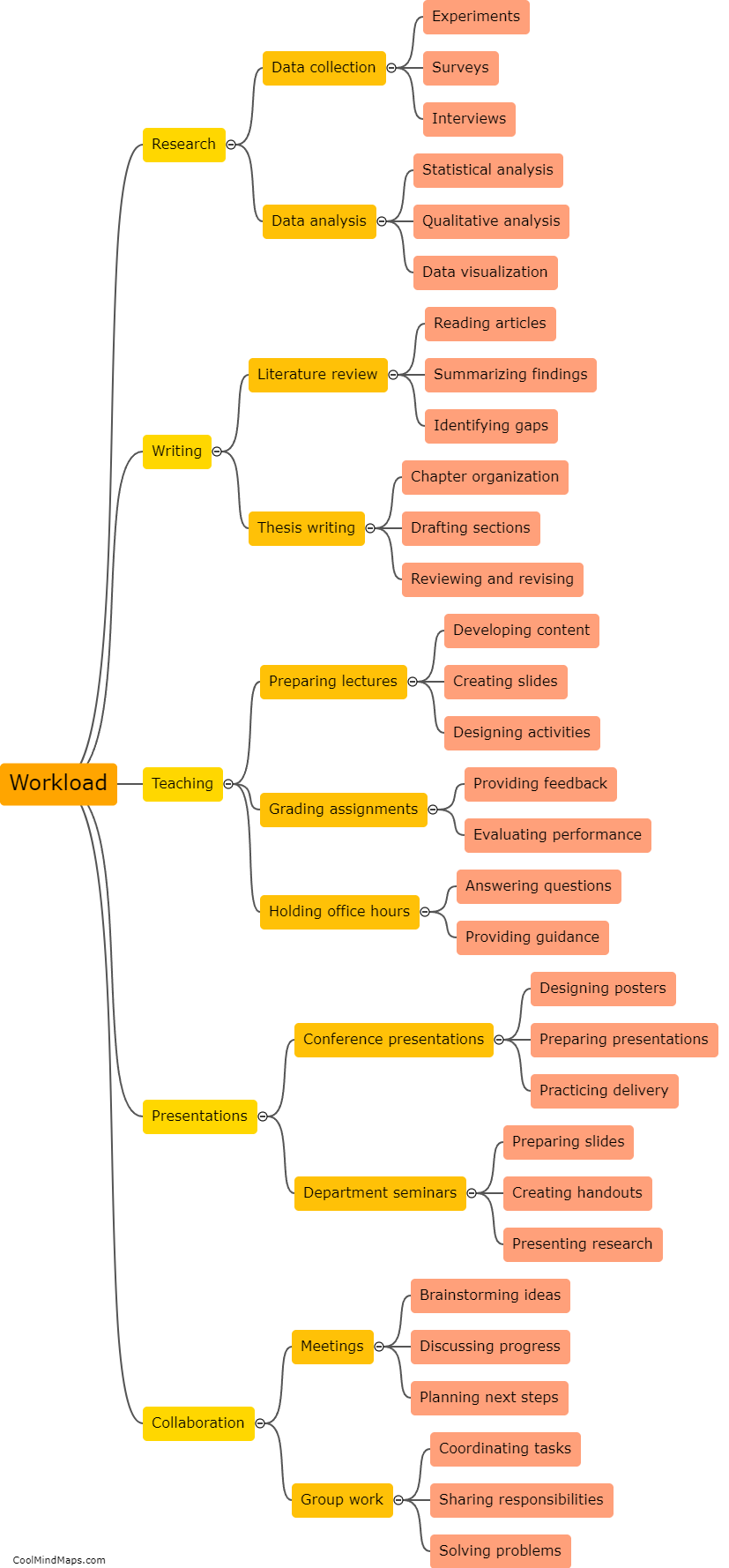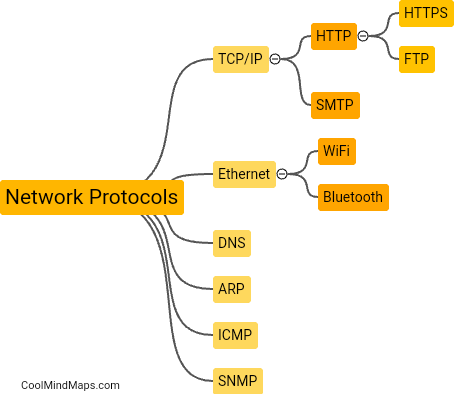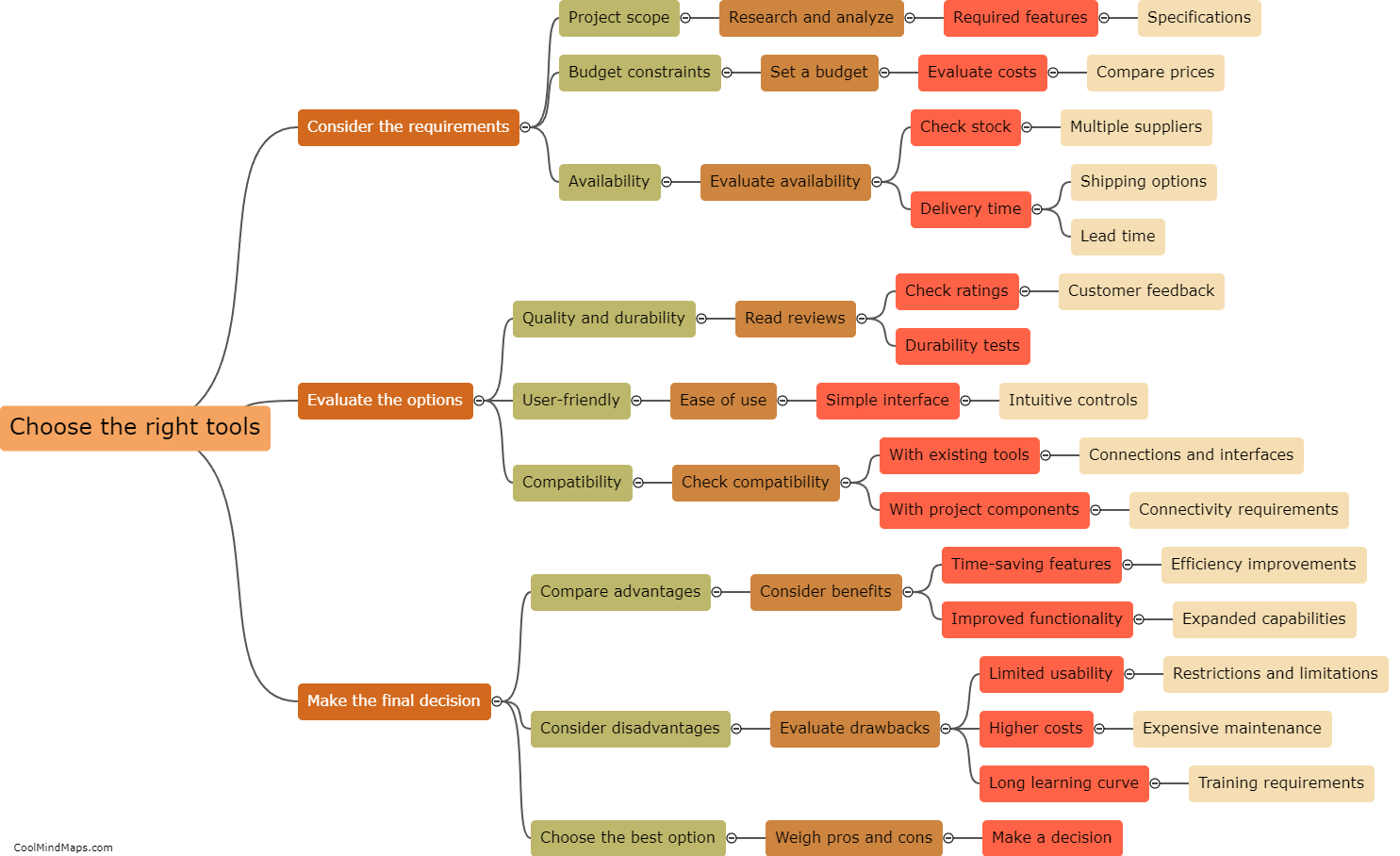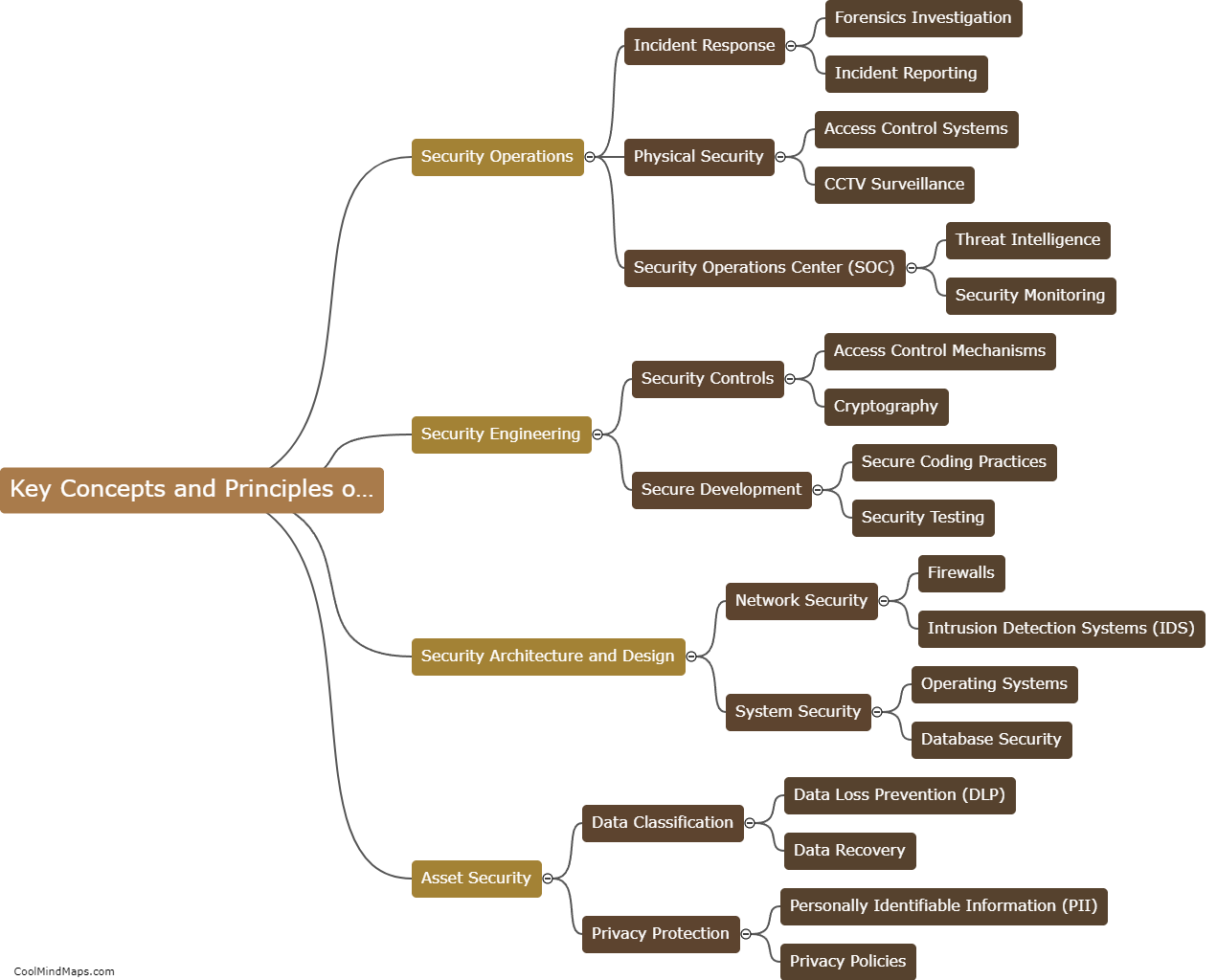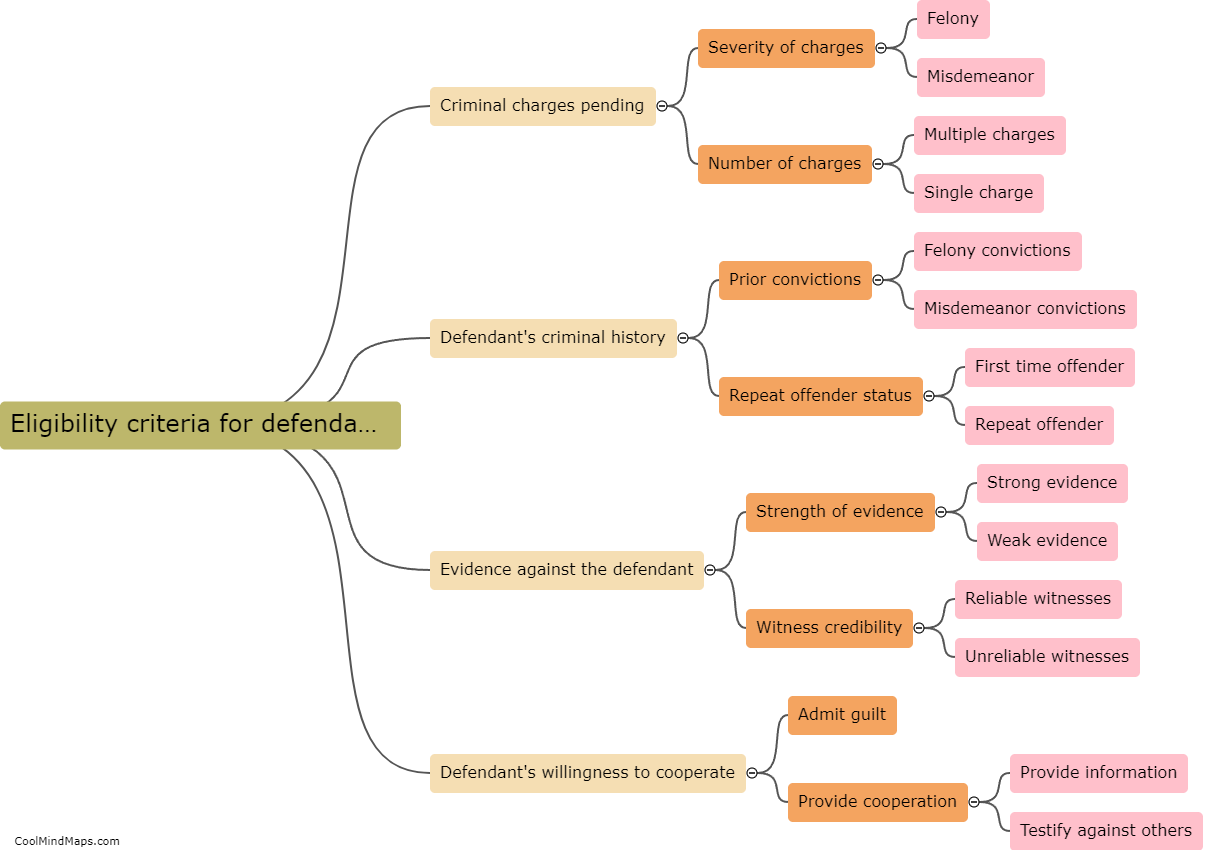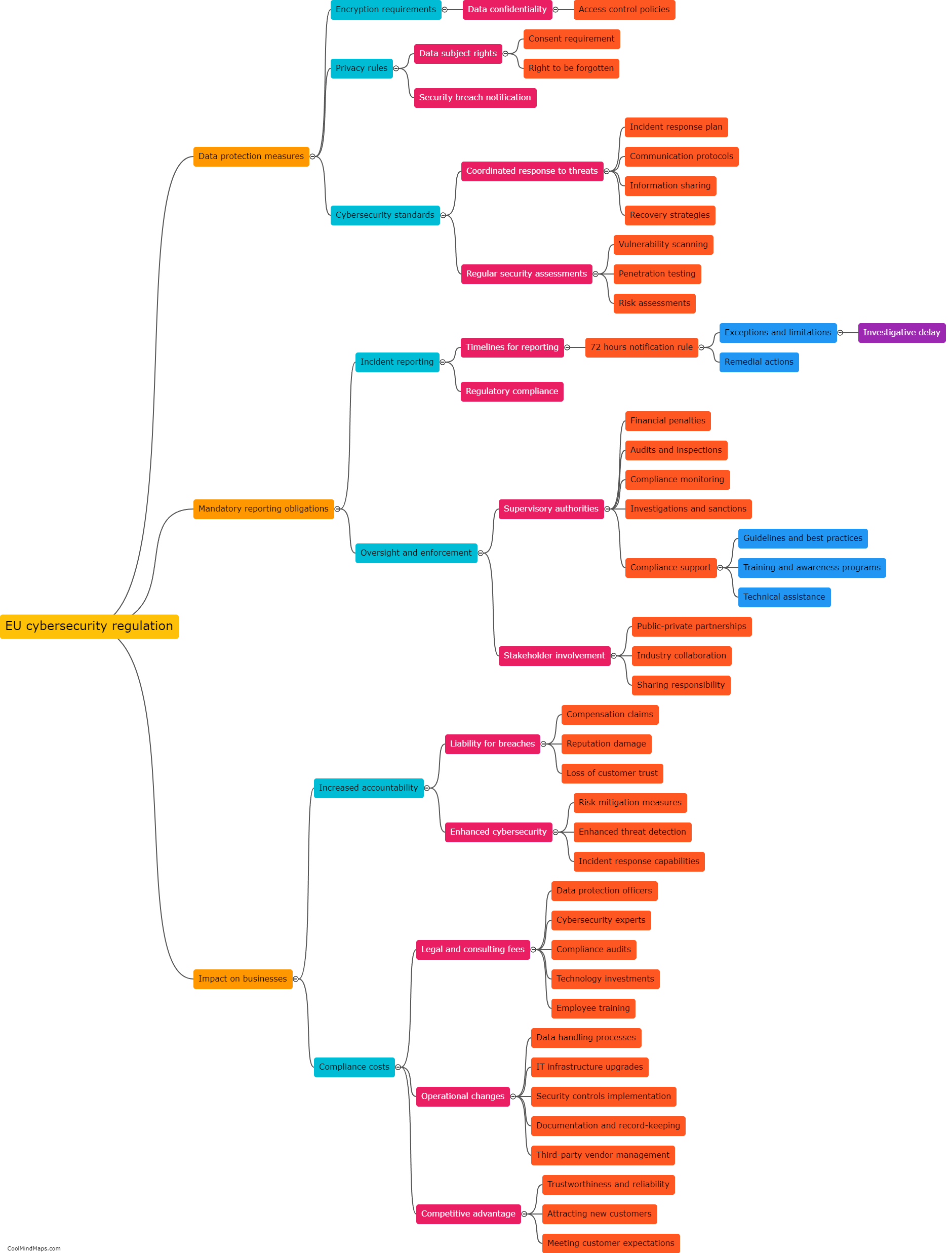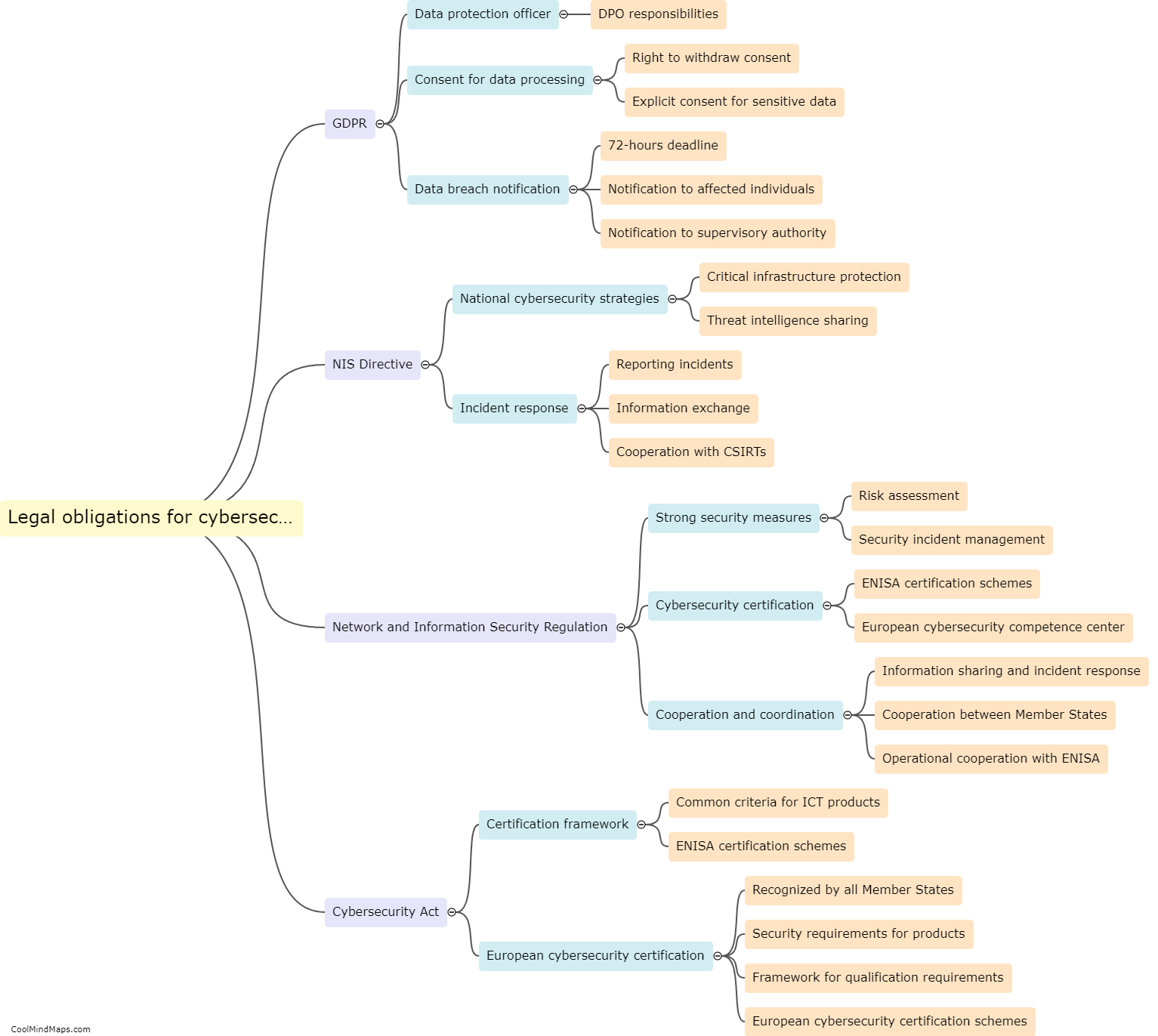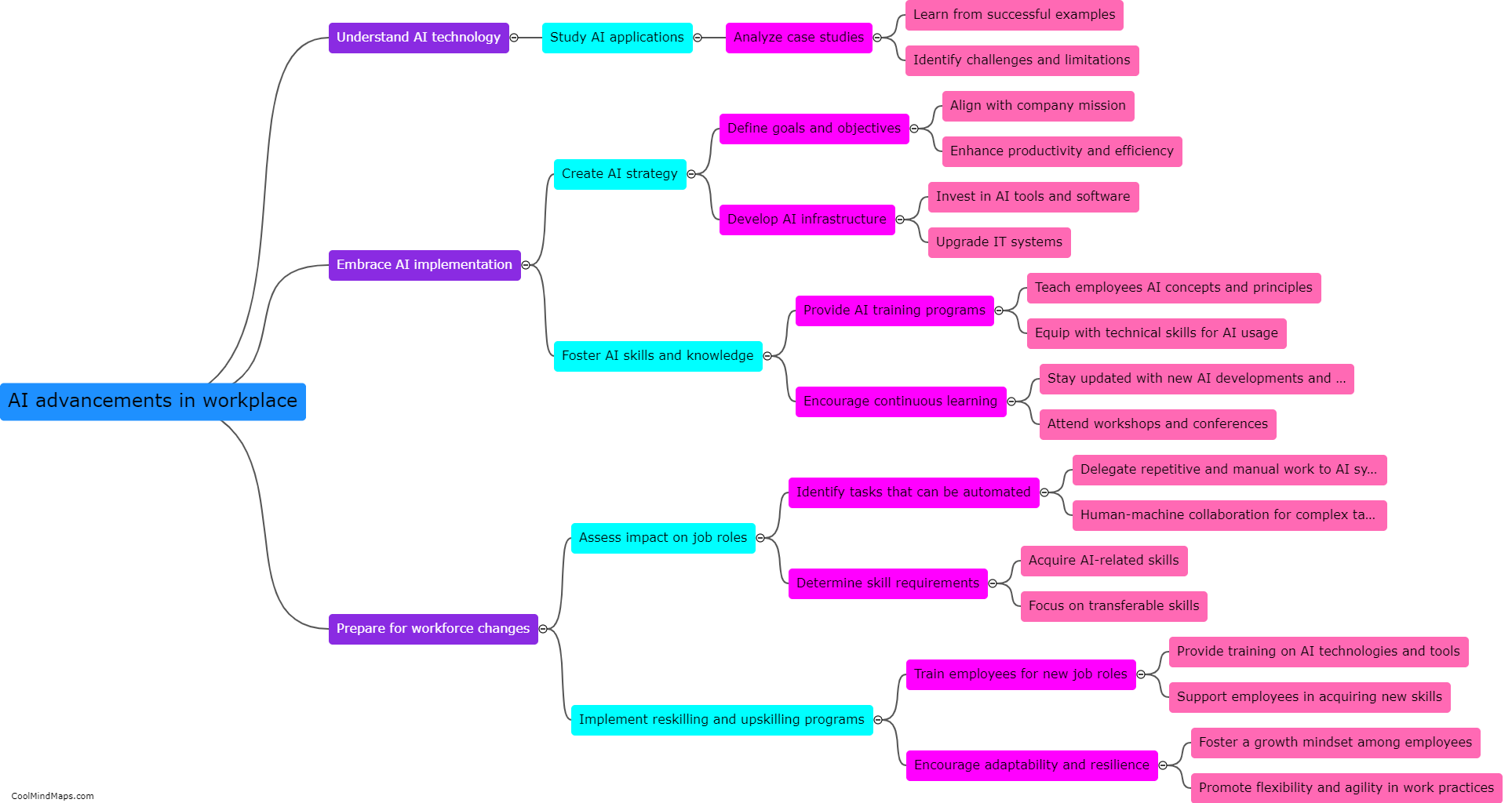What are the key acts and directives in the EU cybersecurity regulation?
The EU has implemented several key acts and directives to enhance cybersecurity within its member states. One of the main regulations is the General Data Protection Regulation (GDPR), which aims to protect the personal data of EU citizens and imposes strict requirements on organizations when collecting and processing such data. The Network and Information Security Directive (NIS Directive) establishes a framework for the security of networks and information systems across different sectors, promoting cooperation and incident reporting among member states. The Cybersecurity Act provides a European framework for cybersecurity certification to ensure that network and information systems are secure and resilient. Additionally, the ePrivacy Directive sets rules for the protection of privacy in electronic communications, regulating the use of cookies and other tracking technologies. These key acts and directives contribute to strengthening cybersecurity measures and safeguarding EU citizens' data and privacy in an increasingly digitalized world.
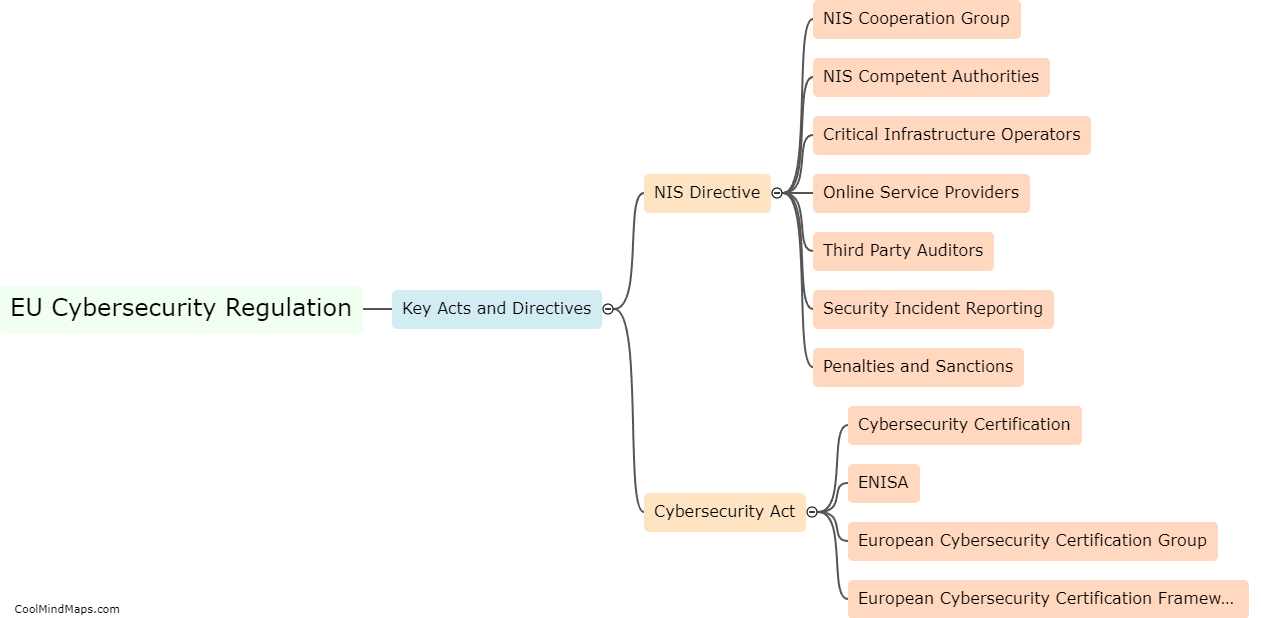
This mind map was published on 16 September 2023 and has been viewed 118 times.
